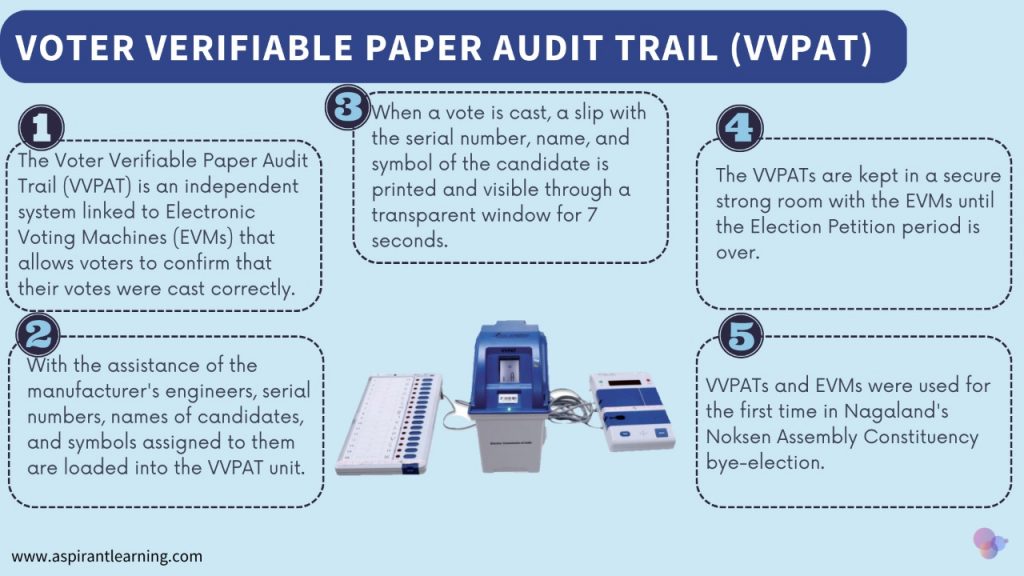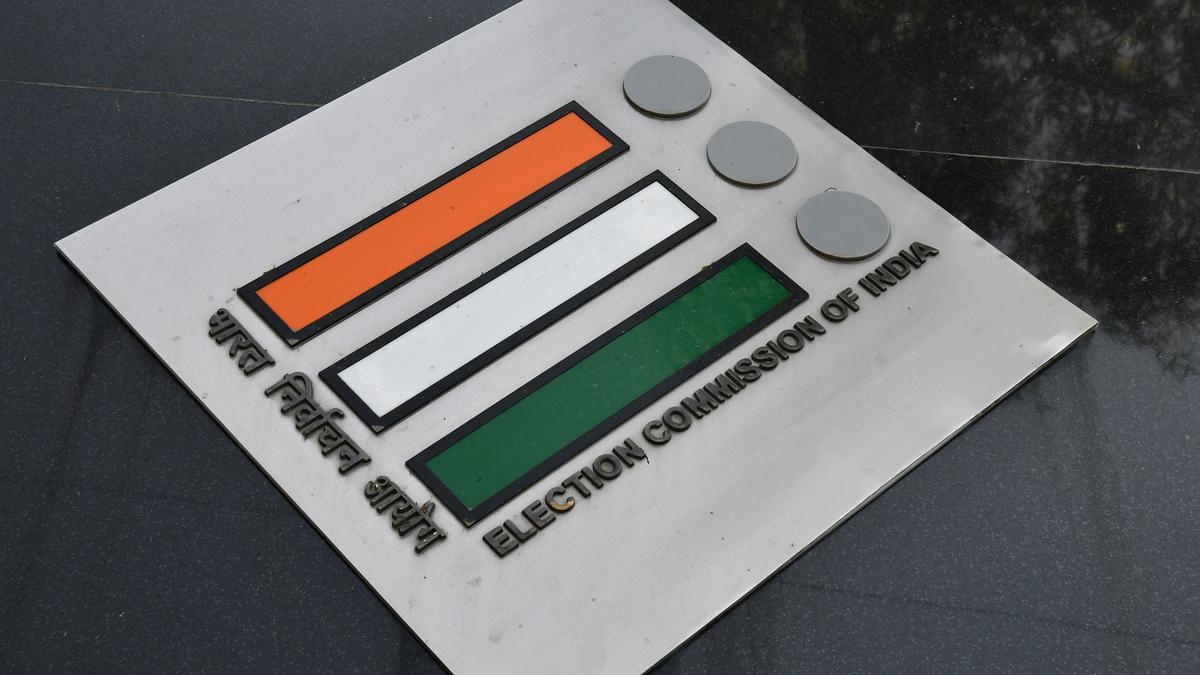News Highlight
Remote Electronic Voting Machines can handle multiple constituencies from a single remote polling booth.
Key Takeaway
- On Thursday, the Election Commission of India said it had developed a prototype for a Multi-Constituency Remote Electronic Voting Machine, enabling remote voting by migrant voters.
- Additionally, Remote Electronic Voting Machines (RVM) can handle multiple constituencies from a single remote polling booth.
- The ECI said it invited all recognised 8 nationals and 57 State political parties on January 16 to demonstrate the functioning of the multi-constituency prototype Remote EVM.
- Furthermore, it has already shared a concept note with them on legal, operational, administrative and technological challenges.
Electronic Voting Machine (EVM)
- About
- Firstly, EVMs are electronic voting machines that provide voters with a button for each candidate’s choice.
- A cable connects it to an electronic ballot box.
- In addition, it comprises two parts: the control unit and the balloting unit. A 5-meter cable links them.
- The EVM is powered by a single 6-volt alkaline battery housed in the control unit.
- Moreover, it can even be used in places without electricity.
- The polling officer chosen by the Election Commission serves as the control unit.
- Furthermore, the Balloting Unit is located in the voting section, where voters enter to secretly vote by pressing a button against the name and sign of their preferred candidate.
Merits of EVM
- Environmentally friendly
- Less use of paper
- No printing
- Easier to store and transport
- Higher shelf life
- Efficient
- Faster counting of votes
- No bogus votes
- No invalid votes
- Easy to install and use
- In addition, it can be used by the State Legislative Assembly as well as Parliament.
- Security
- Not easily tampered
Demerits
- Technical Issues
- Firstly, a software malfunction can cause errors.
- In addition, hardware can also cause problems if the EVM is not handled correctly.
- Authenticity
- Citizens/voters can’t verify their votes.
- Security
- Not accessible, but it can be hacked and manipulated.
- Furthermore, the time lag between voting and counting votes raises the possibility of tampering because ballots are physically stored after votes are cast.
Need for Remote Voting
- Due to Unfavorable Conditions
- Voters move from their registration location to cities and other locations for education, employment, and other reasons.
- Additionally, it becomes more difficult for them to return to their registered polling places to vote.
- Decrease in Voting Turnout
- During the 2019 General Elections, nearly 300 million citizens did not vote out of 910 million electors.
- Increasing Registrations of Unorganised Workers
- Nearly 10 million migrant workers in the unorganised sector are registered with the government’s e-SHRAM portal.
- Furthermore, if the remote voting project is carried out, it will have far-reaching consequences.
- Health Concerns
- The health concerns of the elderly, in particular, must be addressed, as they are increasingly becoming the focus of debate.
- In this context, the remote voting facility will increase the voting percentage in urban and rural areas.
Conclusion
- Firstly, remote voting is remarkable and will likely add more value to the democratic system.
- However, particular challenges are being worked on to ensure that proper checks and balances are put into the system so that voting via remote means free, fair, and secure in every way.

Pic Courtesy: The Hindu
Content Source: The Hindu



